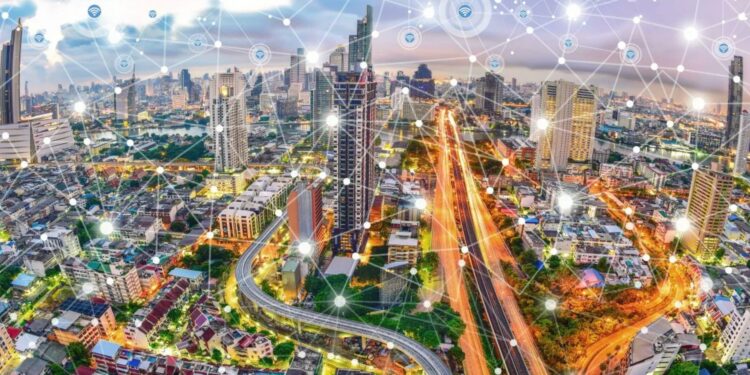The Philippines is making significant strides in its digital transformation journey, harnessing innovative technologies to enhance the efficiency, accessibility, and transparency of public services for its citizens. This nationwide push, driven by a strategic vision and accelerated by lessons learned from the recent global health crisis, is reshaping how Filipinos interact with their government.
At the heart of this transformation is the eGov PH Super App, a groundbreaking initiative designed as a one-stop digital platform for a multitude of government services. President Ferdinand R. Marcos Jr. has actively encouraged its adoption, highlighting its role in unifying various agency offerings into a single, user-friendly interface. This integration aims to reduce bureaucratic hurdles and improve convenience for millions of Filipinos, particularly those in remote and underserved communities.
Recent advancements underscore this commitment. The Philippine Health Insurance Corporation (PhilHealth) has seen a significant digital overhaul, with key services like online registration, electronic medical record retrieval, and digital prescriptions now readily available. This means patients can present a QR code at accredited pharmacies to collect medicines, eliminating the need for repeat clinic visits. Similarly, the Department of Transportation (DOTr), in collaboration with the Bangko Sentral ng Pilipinas (BSP) and private partners, is modernizing fare payment systems on Metro Rail Transit Line 3 (MRT-3) with tap-to-pay and scan-to-pay options, streamlining the commuter experience.
Beyond these tangible projects, the government is laying crucial foundational groundwork. The Digital National ID, accessible via the eGovPH app, is becoming a cornerstone for secure and streamlined transactions across both public and private sectors. Its biometric security features and authentication portal are set to curb fraud and simplify identity verification. Furthermore, a nationwide fiber optic backbone is being rolled out across six regions, benefiting over 17 million Filipinos and improving connectivity, especially in geographically isolated and disadvantaged areas (GIDAs). Free Wi-Fi initiatives in public spaces are also expanding to bridge the digital divide.
While challenges such as legacy systems, cybersecurity threats, and the need for continuous upskilling remain, the Philippines is demonstrating a clear commitment to a digital-first approach. By leveraging digital innovation, the nation is striving to build a more responsive, efficient, and inclusive public service delivery system, ultimately empowering its citizens in the digital age.
















